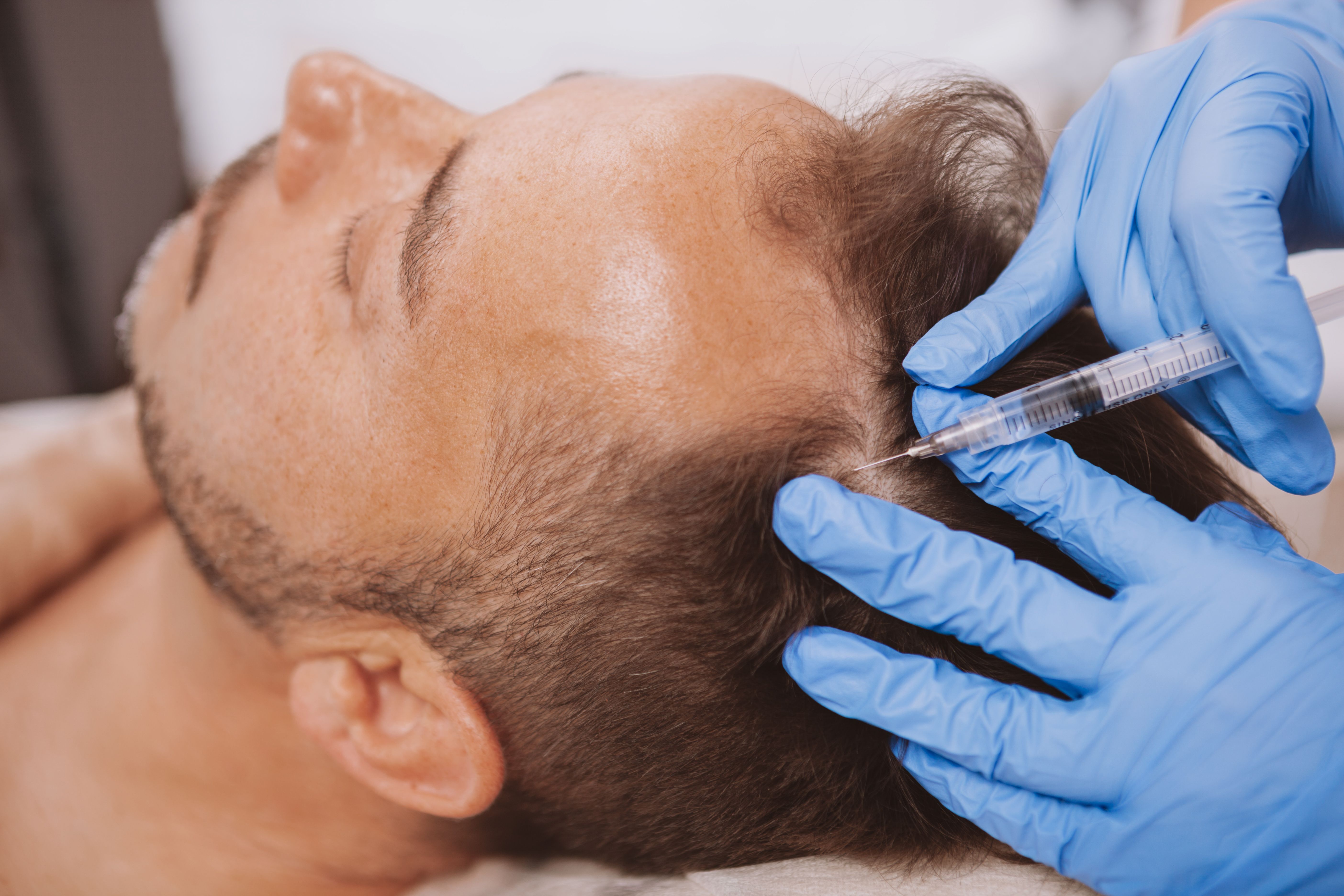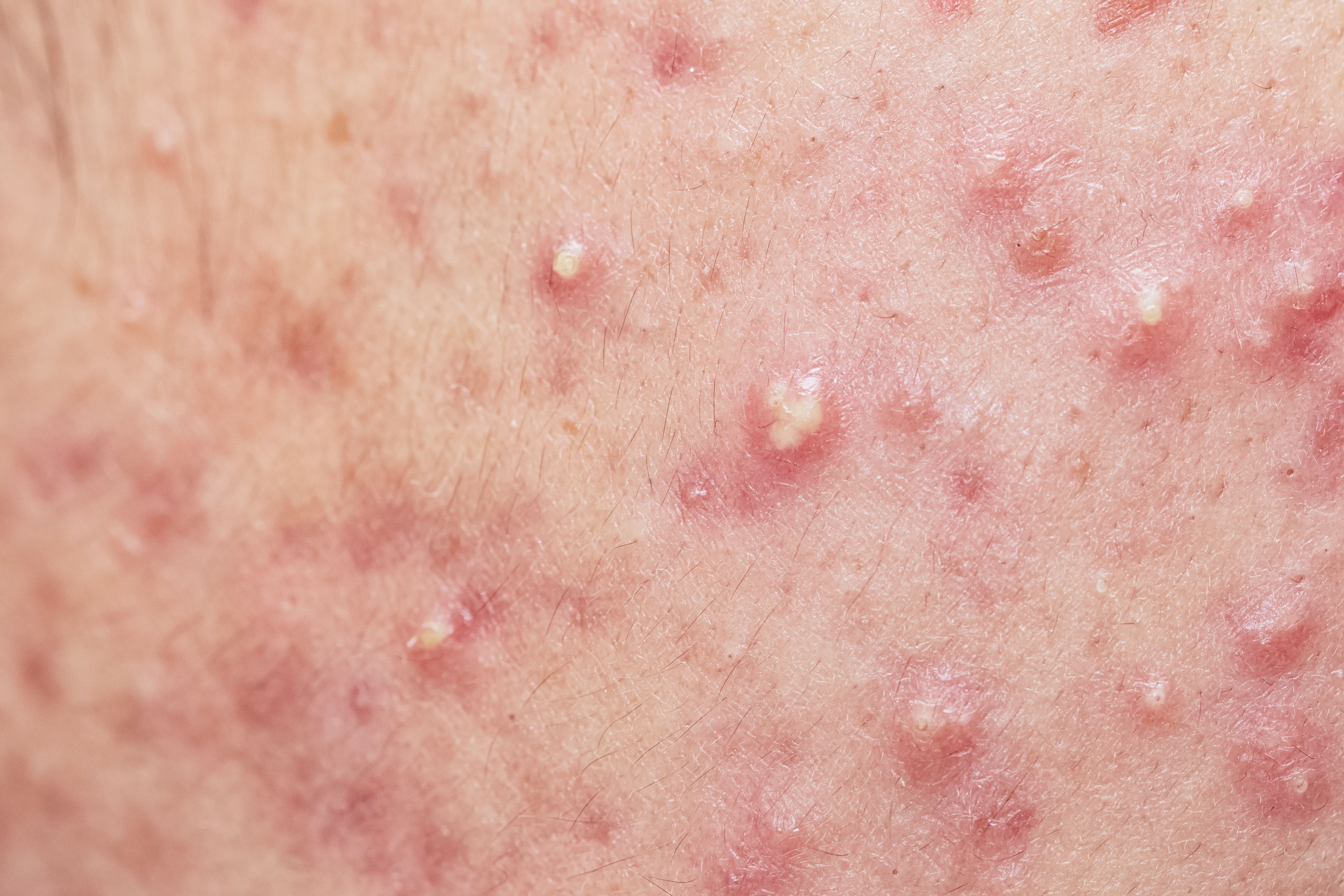- General Dermatology
- Eczema
- Chronic Hand Eczema
- Alopecia
- Aesthetics
- Vitiligo
- COVID-19
- Actinic Keratosis
- Precision Medicine and Biologics
- Rare Disease
- Wound Care
- Rosacea
- Psoriasis
- Psoriatic Arthritis
- Atopic Dermatitis
- Melasma
- NP and PA
- Skin Cancer
- Hidradenitis Suppurativa
- Drug Watch
- Pigmentary Disorders
- Acne
- Pediatric Dermatology
- Practice Management
- Prurigo Nodularis
Article
Pediatric dermatology: Handle with kid gloves
Author(s):
Advances in techniques and procedures are making treatments for other pediatric dermatologic conditions more effective.
National report - As in adults, there has been a significant increase in the incidence of melanoma in children, and it poses a major concern for pediatric dermatologists.
Meanwhile, advances in techniques and procedures are making treatments for other pediatric dermatologic conditions more effective.
"We are being more cautious of melanoma in the pediatric age group," says Lawrence F. Eichenfield, M.D., chief of pediatric and adolescent dermatology at Rady Children's Hospital and Health Center in San Diego. "Studies show that while the percentage of youngsters in the under 14 age group who suffer from melanoma is small, incidents of the disease appear to be increasing."
Increasing melanoma awareness
Dr. Eichenfield, who also serves as clinical professor of pediatrics and medicine at the University of California, San Diego, says dermatologists are trying more to stress to pediatricians and primary care physicians that even for children - perhaps especially for children - there are lifetime melanoma risk factors the physicians should take into consideration.
"These would be such factors as number of moles observed, the size of the moles or whether there's a family history of moles," he tells Dermatology Times. "Also we should look at skin type, pigmentary type, whether there's a family history of immunosuppression and of course, melanoma. Children exhibiting these conditions or with family histories of them are at much higher risk."
Dr. Eichenfield adds that the American Academy of Dermatology's ongoing campaigns to raise public awareness of melanoma and how to prevent it are more important than ever.
"We need to keep educating the public - including the pediatric population - that, while it's fine to have fun in the sun, you also have to be sun safe," he says.
Lighting up pediatric dermatology
As for procedures and treatments in pediatric dermatology, Dr. Eichenfield says that with the advent of lasers and other technology, there's an increasing acknowledgment that their use is becoming more prevalent with pediatric patients.
"It's procedural dermatology," he says, "including using lasers for vascular conditions such as port wine stains and excising birthmarks and lesions - and laser treatment is also finding increasing favor among pediatric dermatologists to treat acne conditions. But we also must mention the increasingly common use in pediatric dermatology of cryotherapy for warts, immunotherapy and the application of various agents."
Dr. Eichenfield says warts are a common problem in the pediatric population - and that the search goes on for a more consistent treatment for the condition.
"There are 60 different ways to treat warts, and that shows there is not yet a consistent, reliable way to treat them," he says. "There are, however, promising studies being done that in the future could result in vaccines that would effectively treat warts."
Meanwhile, Dr. Eichenfield says, there continues to be much interest in the dermatologic community in immunotherapy, such as Candida antigen injection therapy, for treatment of warts.
Atopic dermatitis dilemmas
Pediatric dermatologist Anna L. Bruckner, M.D., says another major concern is atopic dermatitis among children.
That concern, she says, is compounded by the fact that even the mention of one effective treatment - topical steroids - tends to frighten parents.
"Studies show that the prevalence of atopical dermatitis among children has increased by as much as 20 percent," says Dr. Bruckner, assistant professor of dermatology and pediatrics at Stanford University Medical Center, Stanford, Calif.
"Treatments haven't changed a lot, such as moisturization and topical steroids, but there is anxiety about topical steroids. I often have to work hard to convince parents that topical steroids are safe when used appropriately and that generally it's unusual for them to have any side effects."





